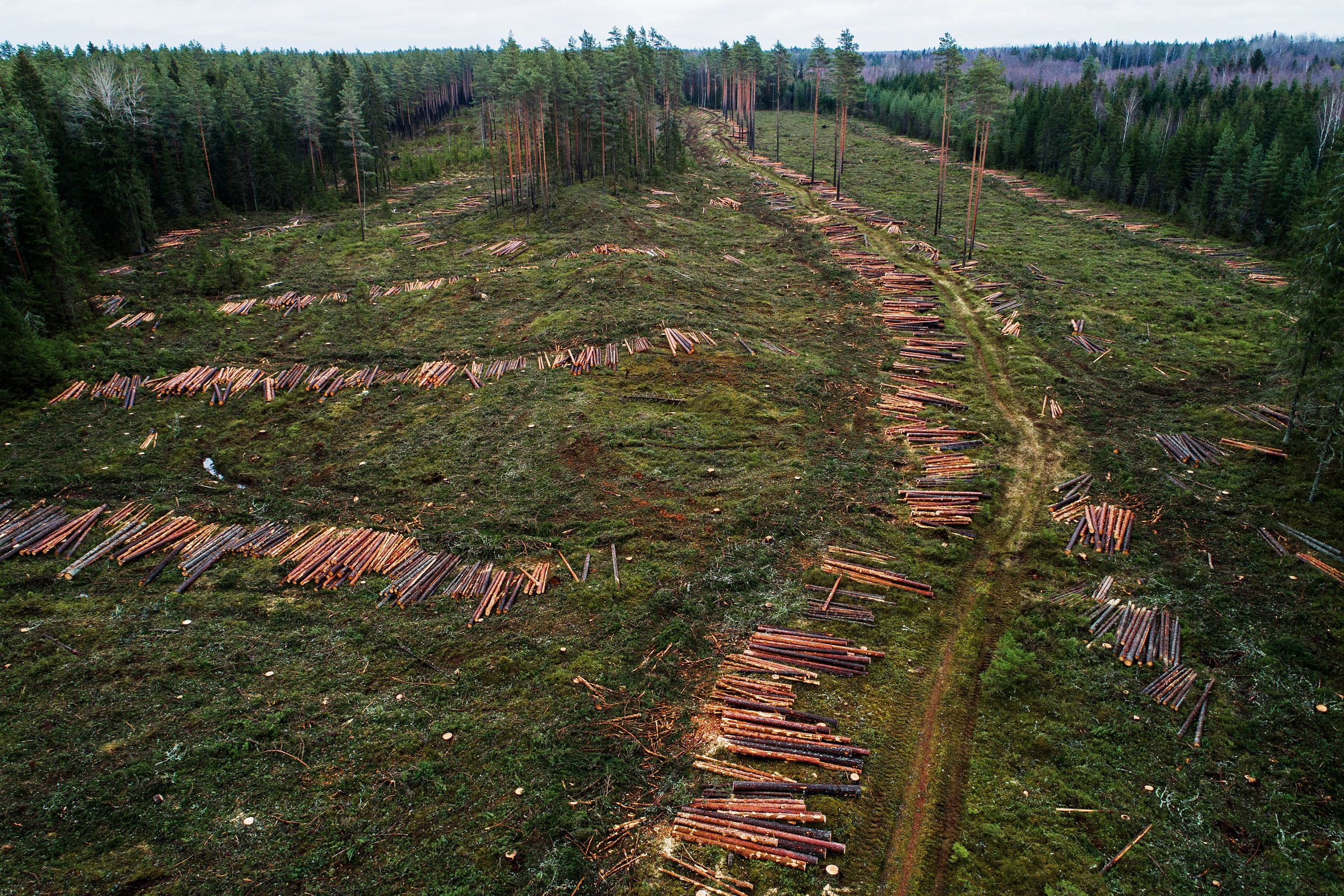Our signature form is now closed. More than 160 scientists from around the world signed onto our response to the UK Government’s consultation. View the letter we submitted here.

The UK government — the biggest user and subsidizer of bioenergy in the world — recently launched a consultation with proposals to offer additional subsidies to the bioenergy industry when current subsidies expire in 2027. More money to destroy more forests and burn more trees would mean more harm to biodiversity and the climate, as well as billions more dollars wasted on a false renewable.
If you are a scientist from any scientific discipline (e.g., ecology, medicine, economics, etc.), we invite you to join as a signatory on this letter calling for the end of subsidies for industrial-scale forest biomass. Your name will be included when we submit it to the UK government before the consultation ends on 29 February.
Endorsement represents your own view and does not represent your institution.
This site is maintained by NRDC and you can find our privacy policy here. By submitting information you are agreeing to the use of data and cookies in accordance with our privacy policy. We will communicate with you only about action opportunities related to this campaign, and you can unsubscribe at any time.

About Us
Cut Carbon Not Forests is a campaign to remove subsidies from companies that burn trees for electricity, co-ordinated by a coalition of UK and US-based NGOs. Join us in asking the Government to redirect biomass subsidies to real clean and renewable energy.
To contact the CCNF coalition: [email protected]
For media inquiries please contact: [email protected]






